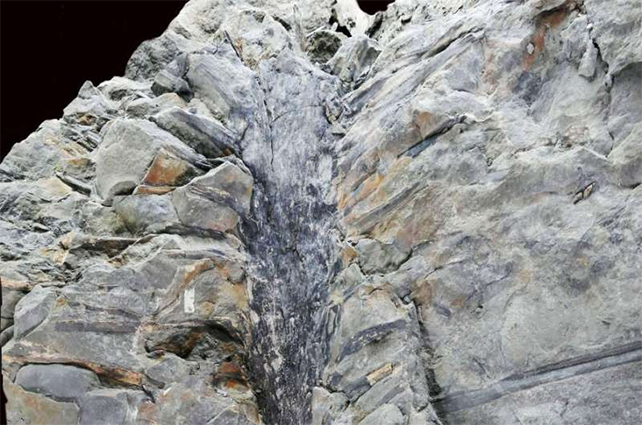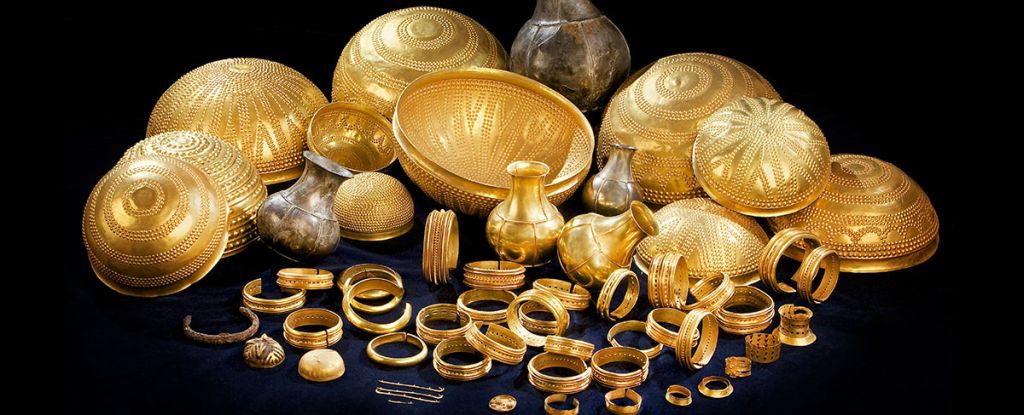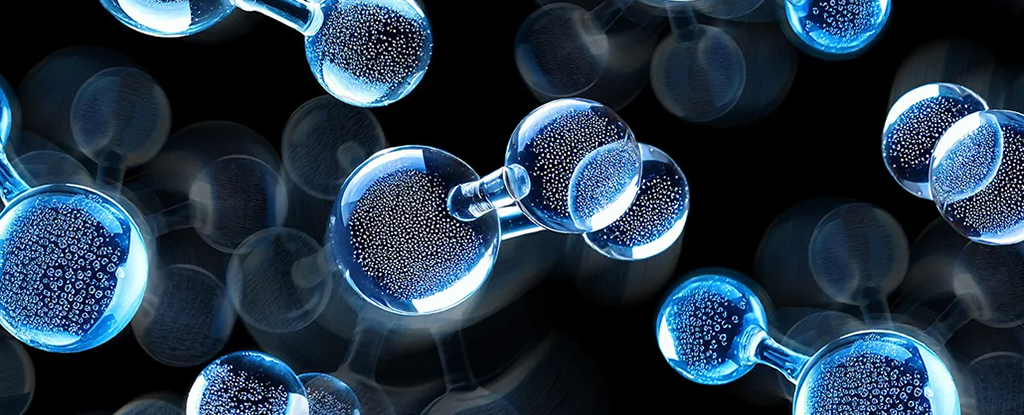ARTICLE AD
 An artist's impression of Sanfordiacaulis with its foliage. (Tim Stonesifer)
An artist's impression of Sanfordiacaulis with its foliage. (Tim Stonesifer)
It's difficult to imagine the Earth without its forests, but it wasn't until the Devonian just 400 million years ago that the first awkward tree sprouted like fuzz from Earth's pubescent chin.
What little we know of critical periods of ancient arborescence, or tree development, is mostly based on stumps and roots preserved in rock, with a scattering of leaves and branches squished flat between layers of mud and stone.
A 2.3 meter (7.5 foot) long by roughly 2 meter wide block of stone stored at Canada's New Brunswick Museum contains some remarkable exceptions, giving researchers a three-dimensional view of an ancient species that sprouted roughly just 15 million years after the first tree-like flora appeared.
Dug from a New Brunswick quarry in 2017 by New Brunswick Museum paleontologists Olivia King and Matthew Stimson, the block preserves the remains of five branching plants growing in close proximity, presenting the arrangements of their top leaves in uncanny detail.
 Arrangement of apical leaves surrounding the crown of a Sanfordiacaulis specimen. (Gastaldo et al., Current Biology, 2024)
Arrangement of apical leaves surrounding the crown of a Sanfordiacaulis specimen. (Gastaldo et al., Current Biology, 2024)"The way in which this tree produced hugely long leaves around its spindly trunk, and the sheer number over a short length of trunk, is startling," says Robert Gastaldo, a geologist from Colby College in the US who led an investigation into the remarkable fossil.
Though palm trees wouldn't appear for another few hundred million years, the extended, radiating leaves of the plant currently classified as Sanfordiacaulis densifolia have a passing resemblance to something you'd find in a desert or a tropical island. Albeit one hauntingly alien.
 An artist's impression of Sanfordiacaulis with its foliage. (Tim Stonesifer)
An artist's impression of Sanfordiacaulis with its foliage. (Tim Stonesifer)As the Devonian gave way into the Carboniferous, plants we might vaguely recognize as conifers, cycads, and Ginkgo emerged and proliferated. Getting a sense of the period's more enigmatic plants based on scant details is more challenging.
"We all have a mental concept of what a tree looks like, depending on where we live on the planet, and we have a vision of what is familiar," Gastaldo says.
"The fossil on which we report is unique and a strange growth form in the history of life. It is one of evolution's experiments during a time when forest plants underwent biodiversification, and it is a form that seems to be short lived."
It's thought the small grove, presumably growing by the side of a lake in earthquake-prone territory, was smothered due to a tremor that buried the plants and other nearby vegetation in fine mud.
The researchers estimate its height could reach nearly 3 meters, if not higher, with a thick arrangement of leaves extending 2 to 3 meters from the trunk to form a dense volume of foliage at the crown of up to 30 square meters.
 Preserved specimen of a tree-like plant from the Carboniferous. (Gastaldo et al., Current Biology, 2024)
Preserved specimen of a tree-like plant from the Carboniferous. (Gastaldo et al., Current Biology, 2024)Like many similar trees vying for light beneath thick forest canopies, Sanfordiacaulis may have evolved its bottle-brush anatomy to mop up as much radiation as possible while being dwarfed by larger flora.
Such pristine examples of long-extinct vegetation developing as ecosystems tested new environments and conditions for survival give researchers a clearer picture of the kind of trial-and-error approach evolution takes.
"Evolutionary mechanisms operating in the deep past resulted in organisms that successfully lived over long periods of time, but their shapes, forms, growth architectures, and life histories undertook different trajectories and strategies," says Gastaldo.
"Rare and unusual fossils, such as the New Brunswick tree, is but one example of what colonized our planet but was an unsuccessful experiment."
This research is published in Current Biology.

 1 year ago
78
1 year ago
78 

